Secretary of Defense Ash Carter previewed the 2017 defense budget with the Economic Club in Washington, D.C. on Tuesday in which he addressed the global challenges the U.S. military faces in the coming years.
Highlighting new investments in the budget to deal with the accelerated military campaign against ISIL, Carter said the department is requesting $7.5 billion, 50 percent more than in 2016.
Of that, he said $1.8 billion will go to buy more than 45,000 GPS-guided smart bombs and laser-guided rockets. The budget request also defers the A-10 final retirement until 2022, replacing it with F-35 Joint Strike Fighters squadron by squadron.
The Lockheed Martin F-35 Lightning II has seen its fair share of challenges and scrutiny. While Lockheed Martin has certainly manufactured some of our nation's most capable weapons like the C-130, which has played an extremely diverse role since the 1950s, and Trident class nuclear missiles, the company has shown difficulty in perfecting the F-35.
The U.S. Government Accountability Office released their findings of the F-35 program and found there will be significant delays in the aircraft's mission systems and flight sciences.
To execute the program as planned, the Department of Defense (DOD) will have to increase funds steeply over the next 5 years and sustain an average of $12.6 billion per year through 2037; for several years, funding requirements will peak at around $15 billion.
Why the GAO did the study:
The F-35 Lightning II, also known as the Joint Strike Fighter, is DOD's most costly and ambitious acquisition program. The program seeks to develop and field three aircraft variants for the Air Force, Navy, and Marine Corps and eight international partners. The F-35 is integral to U.S. and international plans to replace existing fighter aircraft and support future combat operations. Total U.S. planned investment in the F-35 program is approaching $400 billion to develop and acquire 2,457 aircraft through 2037, plus hundreds of billions of dollars in long-term spending to operate and maintain the aircraft.
Recommended
My analysis of this program, in simple terms, is that it better be worth it. This fighter must have the capabilities to do everything and more than the F/A-18 Super Hornet. The F-35 better be able to provide more efficient ground support than the A-10 and better be able to shoot F/A-18's out of the sky with ease. If neither of these are true, then the government has wasted our time and money. Once again, another government program has been over-budget and well beyond the given deadline.

















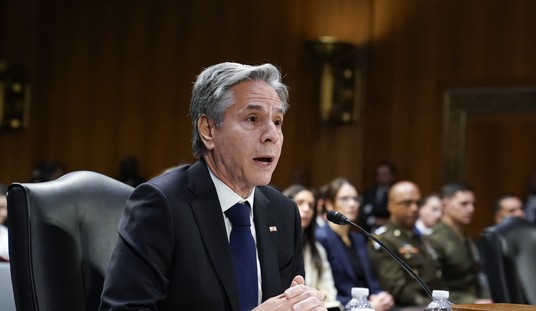
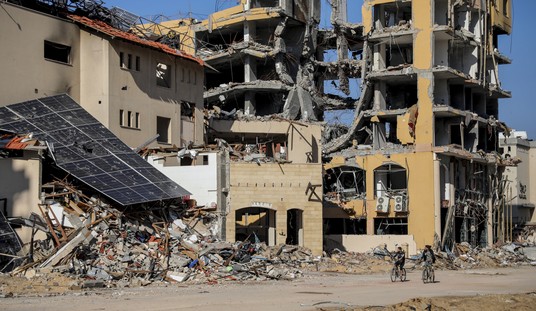

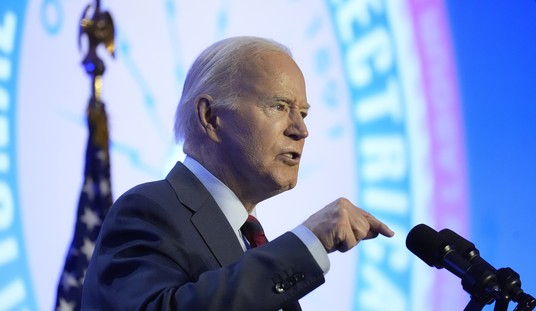
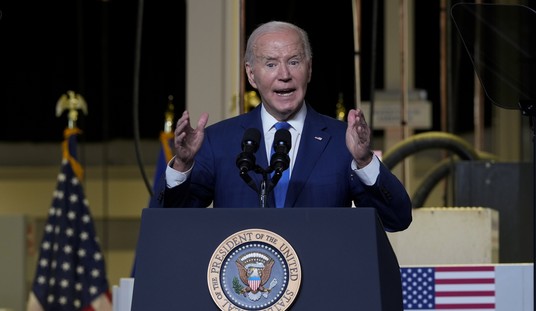
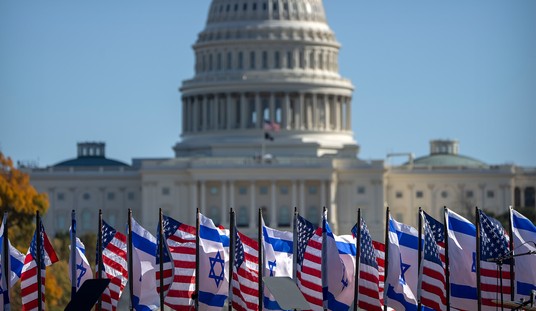

Join the conversation as a VIP Member